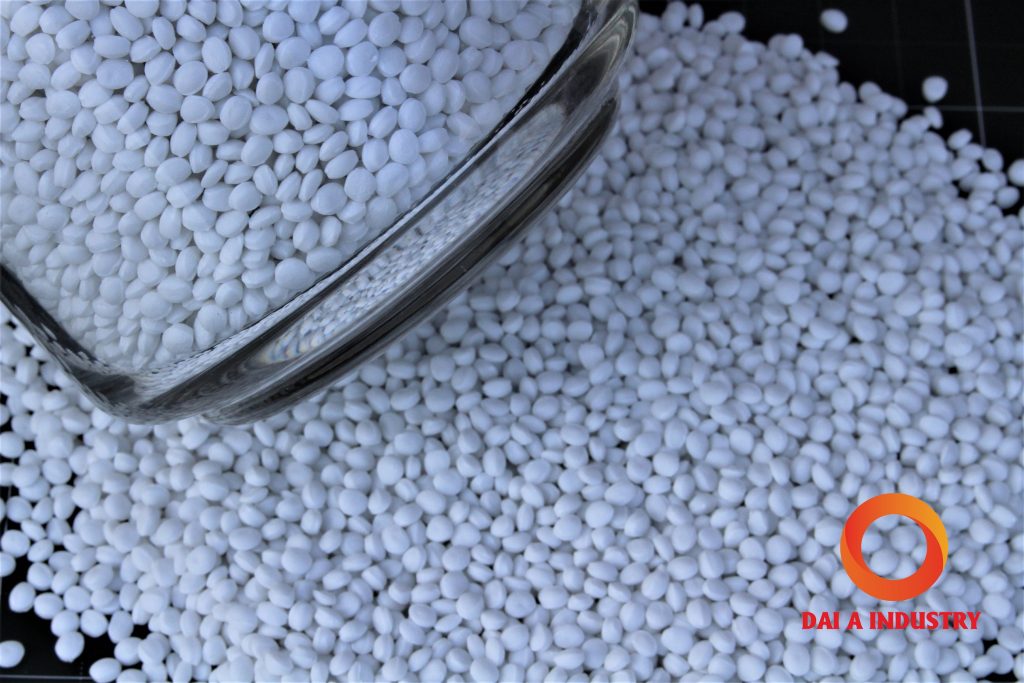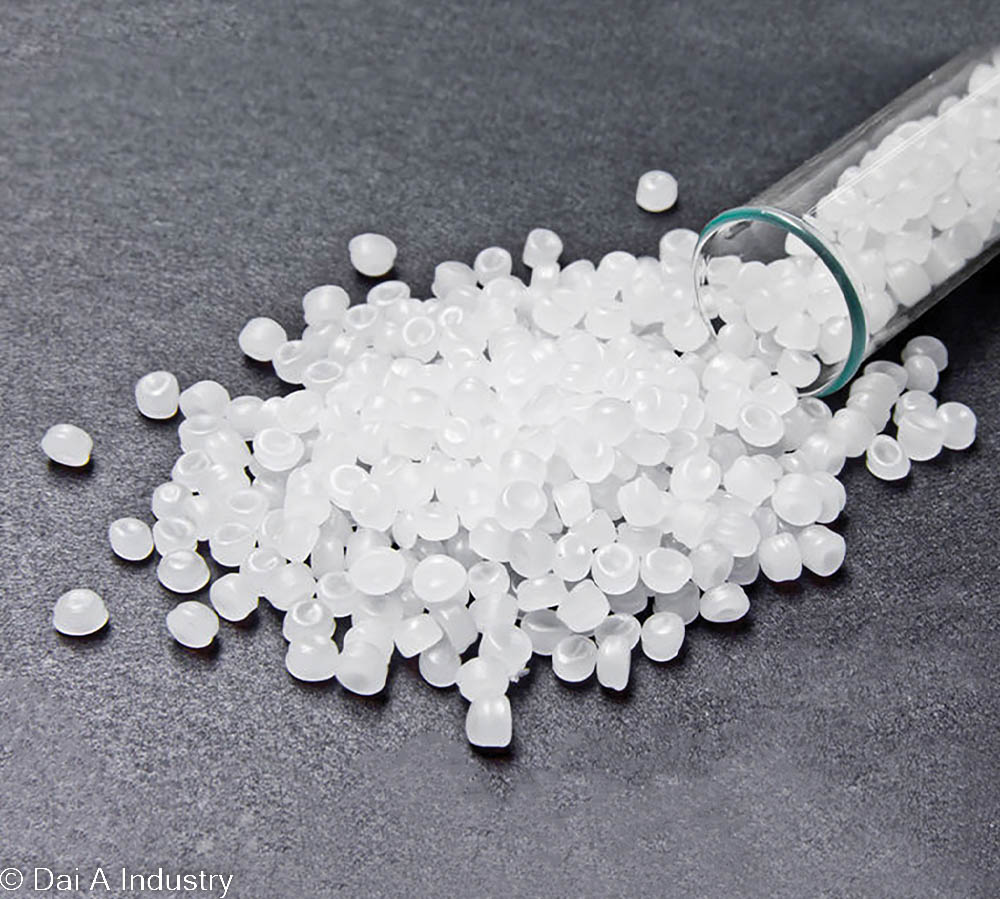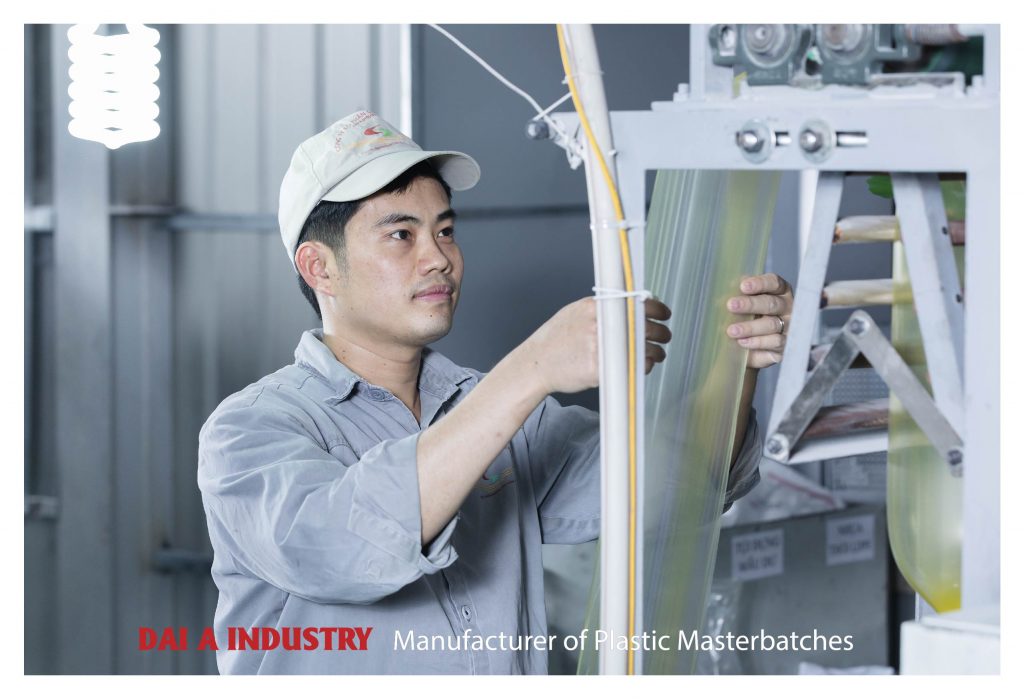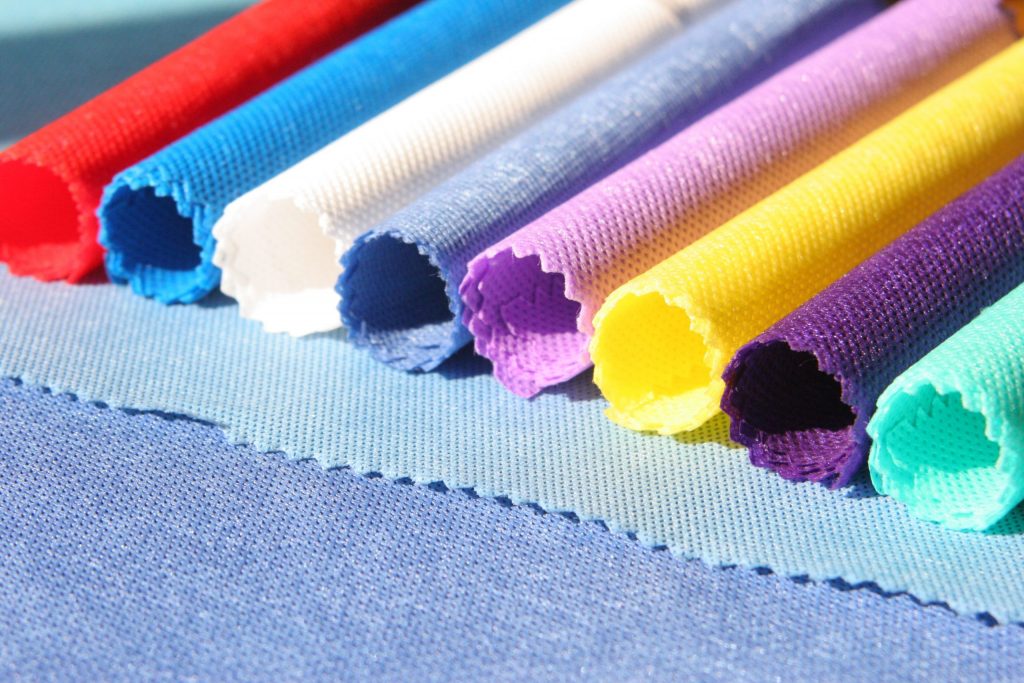Filler masterbatch is Dai A’s main product. It can be said that masterbatch is a big step forward, opening a new era for the plastic industry. It is the best solution that manufacturers use to improve the performance of raw plastics. They contribute to solving the problems that cause headaches for manufacturers, which is to reduce production costs.

Filler masterbatch’s properties are created from the nature of the base resin
Filler masterbatch is very diverse on the market. Each type has distinct features and characteristics. This difference is largely due to the different types of resin base.
Regarding plastic – the original ingredient of filler masterbatch, plastic is a synthetic material derived from organic ingredients such as coal, natural gas, salt, cellulose and especially crude oil. The nature of plastic is a polymer chain, so it can also be said that polymer refers to plastic, with molecules made of hydrogen and carbon atoms, sometimes in the presence of other elements such as oxygen, nitrogen, chlorine, silicon, fluoride, sulfur, phosphorus, etc.

Plastics are classified in many ways depending on their properties, function or composition. One of the most common ways to divide plastics into groups is based on the thermal aspect. According to this feature, there are 2 types of plastic: thermoset and thermoplastic. Besides the thermal aspect, its molecular structure and composition (how many types of monomers are there?) are also basic principles for plastic classification.
Therefore, it can be said that the variety of them are based on the variety of base resins.
How is filler masterbatch different from plastic?
Filler masterbatch is a mixture of many components while resin is a polymer chain that is completely devoid of any other components. Base resin is one of the most important components of Filler masterbatch. The other important factor after the base resin is calcium carbonate powder. Besides the base resin and CaCO3 powder (content 70-80%), manufacturers can add pigments or some additives depending on customer requirements.
The introduction of plastic filler is created to improve the quality of plastic products as well as reduce production costs because it partially replaces raw plastic materials.

Filler masterbatch production process
The production process of filler masterbatch consists of the following four basic stages:
– CaCO3 stone powder, base resin, additives are mixed by machine at high speed
– The mixture is melted into a liquid form at high temperature
– The liquid mixture is cooled and then pushed forward by the screw in the twin screw extruder and pressed into the mold
– Plastic is put into the cutter to cut into granules. These particles will be added to the resin to bring new features to the raw plastic.
What are the outstanding advantages of filler masterbatch?
What are the benefits of using Filler masterbatch? This is a question that many businesses are interested in. To answer that question, Dai A would like to point out a few outstanding benefits of filler masterbatch for the plastic industry:
– Helps reduce product costs: One of the main ingredients of filler masterbatch is CaCO3 stone powder – one of the high quality and large reserves around the world. This helps products have stable inputs, reduces production costs, thereby helping to lower costs and improve product competitiveness.
– Helps to increase the mechanical properties of the product: Increase hardness, plasticity, reduce shrinkage rate.
– Flexible application: With the right hardness and stable chemical properties, filler masterbatch can be easily processed in the form of granules or rolled into powder, and combined with different types of base resins to increase the function and value for the product.
– Increased formability: Filler masterbatch supports uniform heat distribution for blown film, spinning products, etc. Thereby limiting the state of bubbles on the plastic surface during the production process.
Application
With outstanding advantages and cost advantages, filler masterbatch has been widely applied in many manufacturing industries.
– Extrusion sheet, plastic film
With some man-made materials such as LDPE, LLDPE or HDPE, Filler masterbatch is added directly to the virgin resin and these mixtures will act simultaneously as plastic fillers. Basically, they offer higher non-stick, non-slip properties. The surface of the finished product will achieve a opacity suitable for printing. The tensile strength of the finished products is also improved allowing their shape and structure to fully protect even when they are stretched. Moreover, the material is safe for contact with food as it does not contain any harmful ingredients.

– Non-woven fabric
The range of products made from calcium carbonate nonwovens is very wide, ranging from medical care, personal care, technical fabrics (fabrics capable of absorbing, separating, filtering, protecting). , reinforcement and drainage are used in engineering industries such as irrigation, transportation, environment). The benefits of using fillers in the production of nonwovens include:
+ Reduces the effect of the shadow layer, making the surface more matte, more opaque, leading to enhanced coverage of the fabric structure

+ Give the product a natural white color without yellowing
+ Enhanced thermal conductivity and mechanical strength
+ Contributing to lower processing temperature, so that manufacturers can achieve higher productivity as well as save energy and production costs at the same time.
+ Easy to combine with many different substrates (due to good dispersibility) and can be processed and shaped by many methods
– Extrusion
Filler MB mixed with PP resin is the perfect solution for the production of household items such as furniture, containers, containers, bottles, jars, baskets, etc.
Read more:
https://daiaplastic.com/en/filler-masterbatch-cocost-saving-solutions-for-the-plastic-manufacturing-industry/
Follow our social page for news updating:
